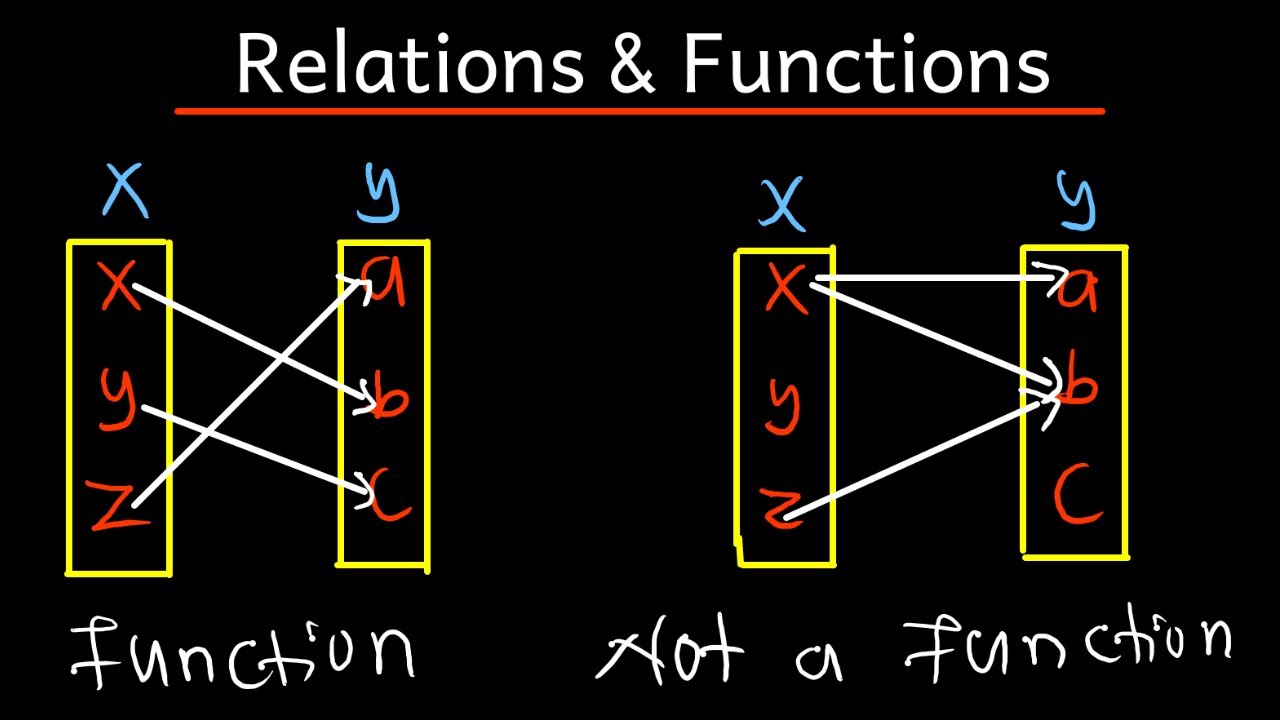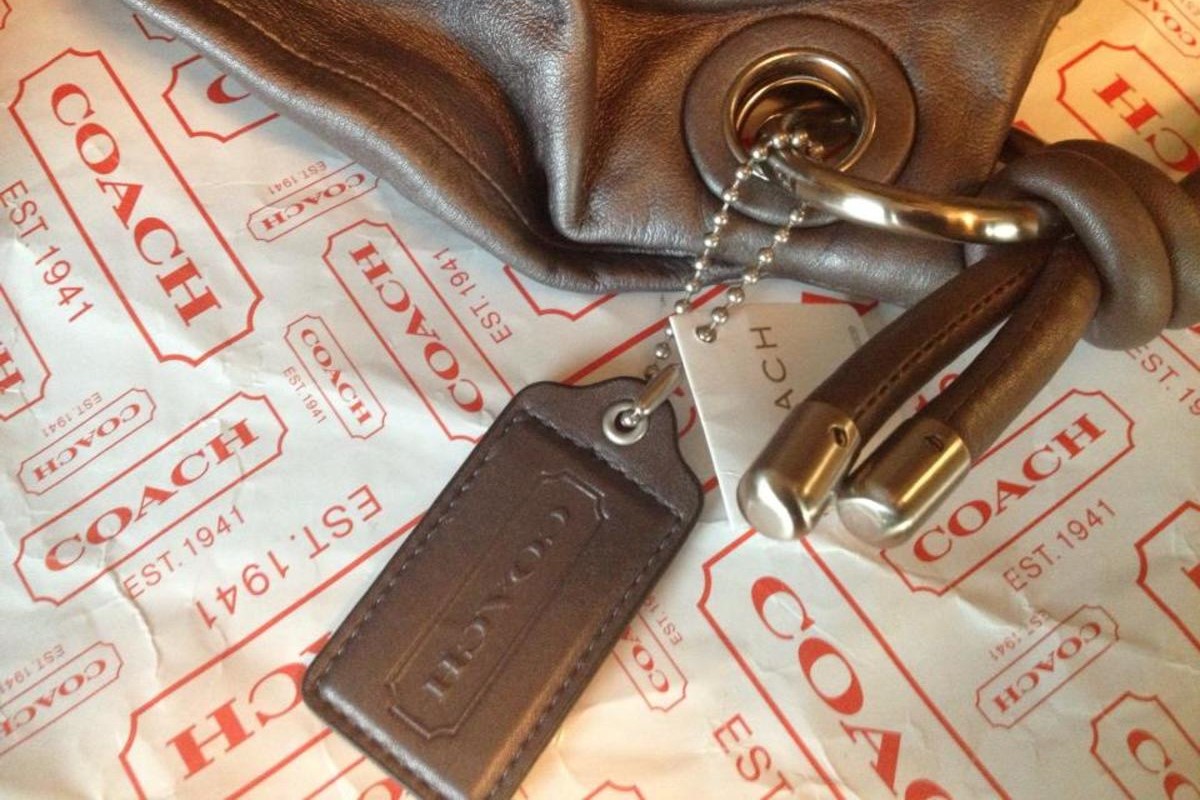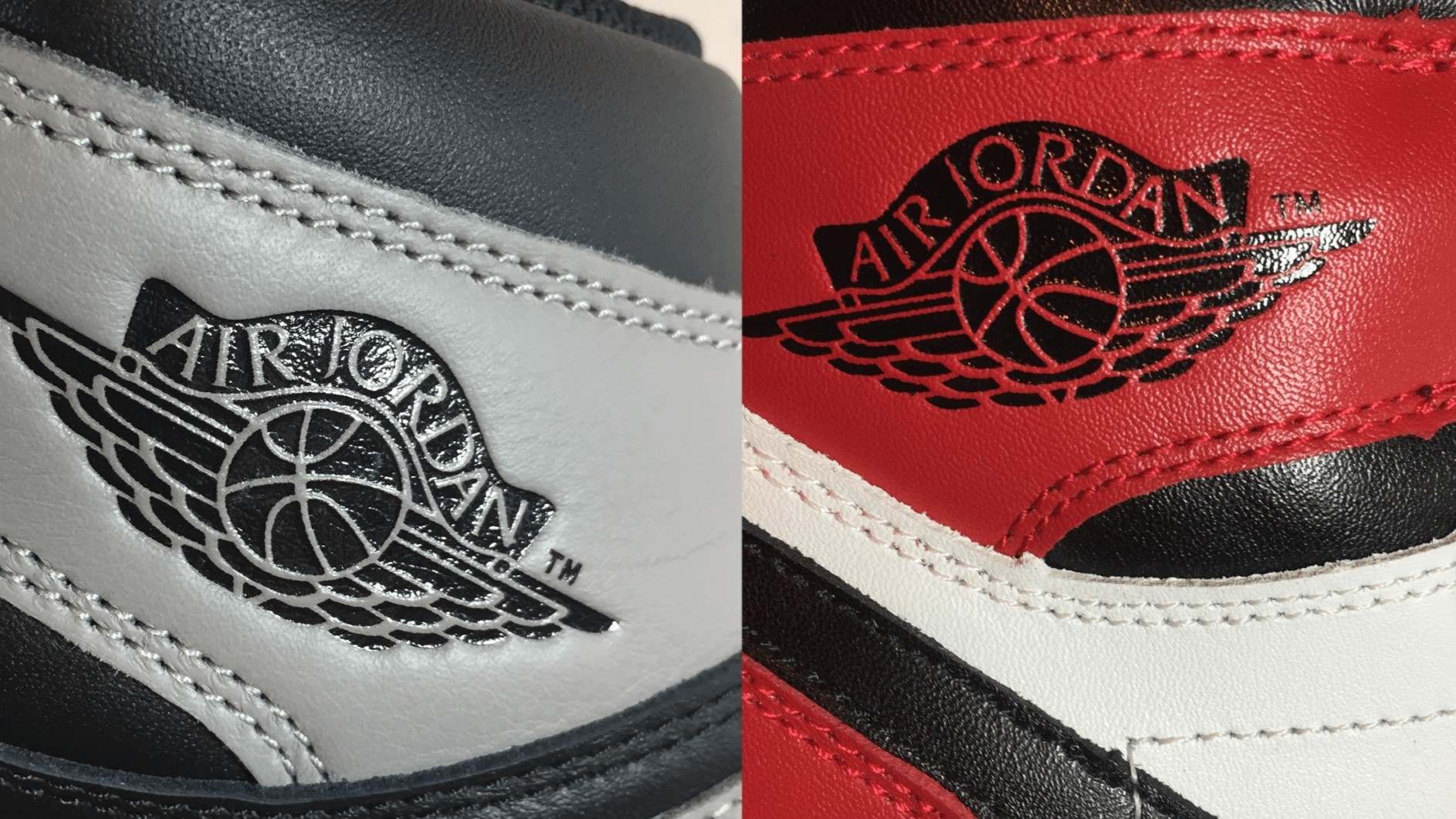

Lifestyle
How To Tell If Contact Is Inside Out
Published: March 1, 2024
Learn how to tell if your contact lens is inside out and avoid discomfort. Discover simple lifestyle tips for proper contact lens care.
(Many of the links in this article redirect to a specific reviewed product. Your purchase of these products through affiliate links helps to generate commission for Noodls.com, at no extra cost. Learn more)
Table of Contents
Introduction
Contact lenses have become an indispensable part of modern life, offering a convenient and comfortable alternative to traditional eyeglasses. Whether you're a seasoned contact lens wearer or a newcomer to the world of vision correction, it's crucial to ensure that your lenses are inserted correctly to avoid discomfort and potential eye health issues. One common concern that many contact lens wearers encounter is determining whether their lenses are inside out. This simple mistake can lead to discomfort, blurred vision, and potential damage to the eye if not addressed promptly.
In this comprehensive guide, we will explore various methods to discern whether your contact lenses are inside out. By understanding the visual and tactile cues, as well as considering the lens shape, comfort, and clarity, you can confidently ascertain the correct orientation of your contact lenses. Let's delve into the details and equip ourselves with the knowledge to ensure optimal comfort and vision when wearing contact lenses.
Read more: How To Tell If Contact Lens Is Still In Eye
Visual Inspection
Visual inspection is a fundamental method for determining whether your contact lenses are inside out. This approach involves carefully examining the lens to identify specific visual cues that indicate the correct orientation. When holding the lens on the tip of your finger, observe the edges closely. A properly oriented lens will exhibit a smooth, rounded edge, resembling a perfect bowl. In contrast, an inside-out lens will display a rim that appears flared or turned outward, creating a more pronounced lip along the edge.
Another visual indicator to consider is the curvature of the lens. A correctly positioned lens will showcase a uniform curvature, with no irregularities or edges that appear to be folding outward. Conversely, an inside-out lens may exhibit a slightly distorted shape, with the edges appearing to flare outward rather than maintaining a consistent curvature.
Furthermore, some contact lenses feature subtle markings that aid in identifying the correct orientation. These markings, often denoted as numbers or letters, are typically located near the edge of the lens. When the lens is positioned correctly, these markings should be facing upward and readable. In contrast, an inside-out lens will present these markings in a reversed or inverted orientation, serving as a clear visual cue to indicate the incorrect positioning.
By conducting a thorough visual inspection of your contact lenses before insertion, you can effectively discern whether they are inside out. This simple yet crucial step can significantly contribute to your overall comfort and visual acuity while wearing contact lenses. Mastering the art of visual inspection empowers you to confidently ensure that your lenses are correctly oriented, thereby minimizing discomfort and optimizing your vision throughout the day.
Tactile Sensation
In addition to visual cues, tactile sensation plays a pivotal role in discerning whether your contact lenses are inside out. When handling your lenses prior to insertion, pay close attention to the tactile feedback as you interact with the lens using your fingertips. A properly oriented contact lens typically feels smooth and uniform, conforming to the natural curvature of your fingertip. As you gently run your finger along the surface of the lens, it should offer minimal resistance and a consistent texture, akin to a delicate membrane.
Conversely, an inside-out lens may evoke a distinct tactile sensation that deviates from the expected smoothness. When you touch the inverted lens, you may notice that the edges feel slightly sharper or more pronounced, creating a subtle but discernible difference in texture. This irregularity in tactile feedback serves as a valuable indicator that the lens may be inside out, prompting you to reevaluate its orientation before insertion.
Furthermore, as you prepare to insert the lens onto your eye, take note of the way it folds or flexes in response to your fingertip pressure. A correctly positioned lens will exhibit a natural, uniform curvature, gently conforming to the shape of your fingertip without resistance or distortion. In contrast, an inside-out lens may display a tendency to fold or warp in a manner that feels less intuitive, signaling a potential orientation issue that warrants closer examination.
By honing your sensitivity to tactile cues, you can develop a heightened awareness of the subtle differences in texture and flexibility that distinguish a properly oriented contact lens from one that is inside out. This tactile acumen empowers you to confidently assess the lens orientation, ensuring that you achieve optimal comfort and visual clarity when wearing contact lenses.
Incorporating tactile sensation into your lens orientation assessment complements the visual inspection process, providing an additional layer of assurance that your lenses are correctly positioned for a seamless and comfortable wearing experience. By leveraging both visual and tactile cues, you can elevate your confidence in handling and inserting contact lenses, ultimately enhancing your overall satisfaction and well-being as a contact lens wearer.
Lens Shape
The shape of a contact lens serves as a crucial indicator of its correct orientation, offering valuable insights that can aid in determining whether the lens is inside out. When assessing the lens shape, it is essential to consider the curvature and overall symmetry of the lens, as these factors can provide significant clues regarding its proper positioning.
A properly oriented contact lens typically exhibits a consistent and uniform curvature, conforming seamlessly to the natural contours of the eye. When held on the tip of your finger, the lens should maintain a smooth and symmetrical shape, devoid of any irregularities or edges that appear to be folding outward. This uniform curvature ensures that the lens will align harmoniously with the curvature of the eye, facilitating optimal comfort and visual acuity upon insertion.
In contrast, an inside-out lens may manifest subtle deviations in its shape that warrant closer scrutiny. Upon inspection, you may observe that the edges of the lens appear slightly distorted or uneven, exhibiting a subtle flaring or folding that deviates from the expected symmetrical profile. This irregularity in shape can serve as a clear indication that the lens may be inside out, prompting you to reevaluate its orientation to ensure a proper fit and alignment with the eye.
Furthermore, when examining the lens shape, it is essential to assess its overall symmetry and balance. A correctly positioned lens will present a balanced and proportionate silhouette, with no discernible asymmetry or distortion that could indicate an incorrect orientation. By contrast, an inside-out lens may exhibit a subtle imbalance in its shape, with one portion appearing slightly more pronounced or protruding than the rest. This asymmetry serves as a tactile and visual cue, signaling the potential misalignment of the lens and prompting a thorough reassessment of its orientation.
By attentively scrutinizing the shape of your contact lenses, you can leverage valuable visual and tactile cues to discern whether they are inside out. This keen observation of the lens shape empowers you to make informed decisions regarding the correct orientation of the lenses, ultimately contributing to a comfortable and seamless wearing experience. Mastering the art of evaluating lens shape enhances your confidence in handling and inserting contact lenses, ensuring that you can enjoy optimal comfort and visual clarity throughout your day.
Comfort and Clarity
Assessing the comfort and clarity of your contact lenses is a pivotal aspect of determining whether they are inside out. Beyond visual and tactile cues, the way the lenses feel and the clarity of your vision upon insertion can provide valuable insights into their correct orientation.
When a contact lens is properly oriented, it should seamlessly conform to the curvature of your eye, offering a sensation of comfort and stability upon insertion. As you blink and move your eyes, a correctly positioned lens will maintain its alignment, providing a consistent and unobtrusive presence that allows you to go about your day without discomfort or irritation. Moreover, the clarity of your vision with a properly oriented lens should be sharp and consistent, enabling you to perceive the world with clarity and precision.
In contrast, an inside-out lens may elicit sensations of discomfort and instability upon insertion. You may experience a subtle but persistent awareness of the lens's presence, accompanied by a heightened sensitivity or irritation that detracts from your overall comfort. Additionally, the clarity of your vision with an inside-out lens may be compromised, manifesting as slight blurriness or distortion that diminishes the sharpness of your visual perception.
By attentively gauging the comfort and clarity of your contact lenses after insertion, you can discern whether they are inside out based on the immediate sensations and visual acuity they provide. This real-time assessment empowers you to swiftly identify any potential orientation issues, allowing you to promptly address them and optimize your wearing experience.
Furthermore, the impact of comfort and clarity extends beyond the initial moments of lens insertion. Throughout the day, a properly oriented lens will continue to deliver consistent comfort and clarity, allowing you to engage in various activities with ease and confidence. Conversely, an inside-out lens may lead to persistent discomfort and visual disturbances, prompting the need for readjustment or reinsertion to rectify the orientation issue.
Incorporating the evaluation of comfort and clarity into your lens orientation assessment enhances your ability to discern whether your contact lenses are inside out, ultimately contributing to a seamless and gratifying wearing experience. By prioritizing both physical comfort and visual acuity, you can ensure that your lenses are correctly positioned, thereby minimizing discomfort and optimizing your vision throughout the day.
Read more: How To Take Out Contacts With Long Nails
Conclusion
In conclusion, mastering the art of discerning whether your contact lenses are inside out is a valuable skill that can significantly enhance your comfort and visual acuity as a contact lens wearer. By integrating visual inspection, tactile sensation, lens shape assessment, and the evaluation of comfort and clarity into your lens orientation assessment, you can confidently ensure that your lenses are correctly positioned for a seamless and gratifying wearing experience.
Visual inspection serves as a foundational method for identifying the correct orientation of contact lenses. By closely examining the edges, curvature, and any subtle markings on the lens, you can leverage visual cues to ascertain whether the lens is inside out. This simple yet crucial step empowers you to make informed decisions regarding the correct positioning of your lenses, ultimately contributing to your overall comfort and visual clarity.
Incorporating tactile sensation into your lens orientation assessment complements the visual inspection process, providing an additional layer of assurance that your lenses are correctly positioned. By honing your sensitivity to the subtle differences in texture and flexibility, you can confidently discern whether the lens is inside out, allowing you to optimize your wearing experience.
Furthermore, the shape of the contact lens serves as a pivotal indicator of its correct orientation. By attentively scrutinizing the curvature, symmetry, and overall balance of the lens, you can leverage valuable visual and tactile cues to discern whether it is inside out. This keen observation of the lens shape empowers you to make informed decisions regarding the correct orientation of the lenses, ultimately contributing to a comfortable and seamless wearing experience.
Assessing the comfort and clarity of your contact lenses after insertion provides valuable real-time insights into their correct orientation. By gauging the immediate sensations and visual acuity they provide, you can swiftly identify any potential orientation issues, allowing you to promptly address them and optimize your wearing experience.
Incorporating the evaluation of comfort and clarity into your lens orientation assessment enhances your ability to discern whether your contact lenses are inside out, ultimately contributing to a seamless and gratifying wearing experience. By prioritizing both physical comfort and visual acuity, you can ensure that your lenses are correctly positioned, thereby minimizing discomfort and optimizing your vision throughout the day.
In essence, by honing your proficiency in assessing the correct orientation of contact lenses, you can elevate your confidence and satisfaction as a contact lens wearer, ensuring that you can enjoy optimal comfort and visual clarity throughout your day.














